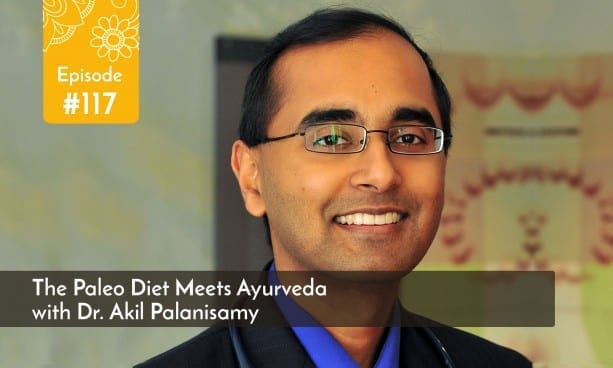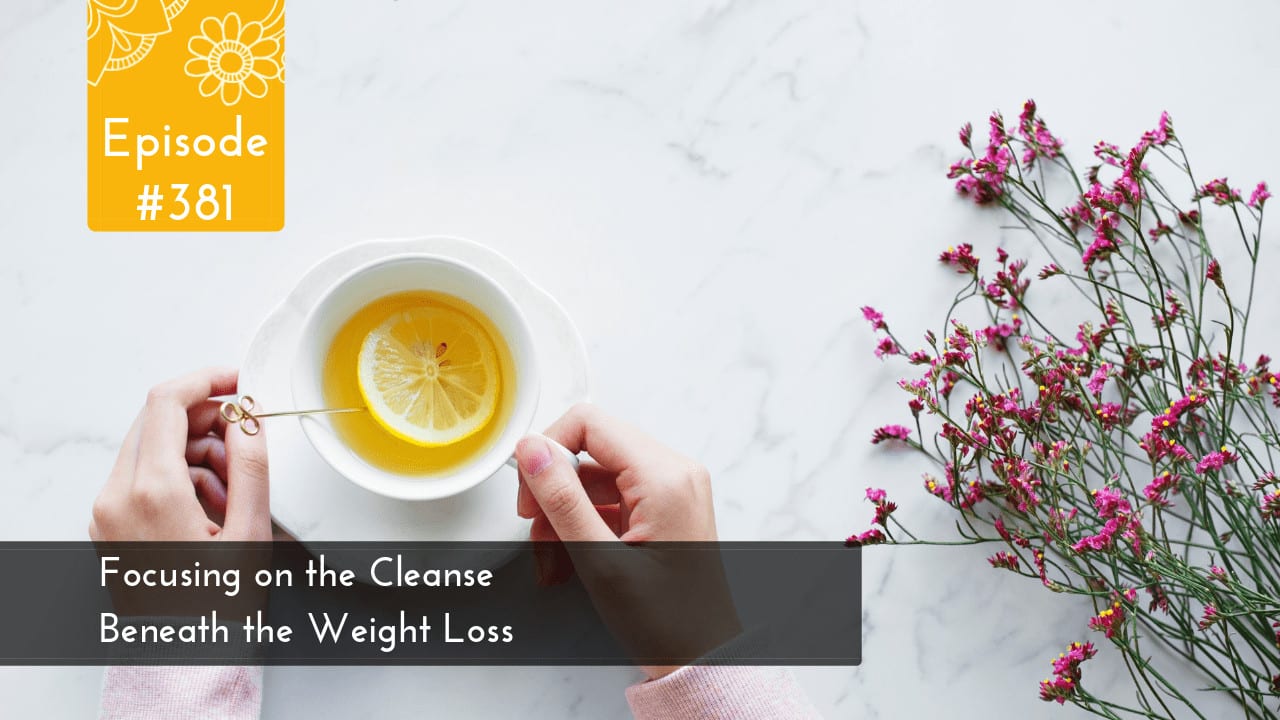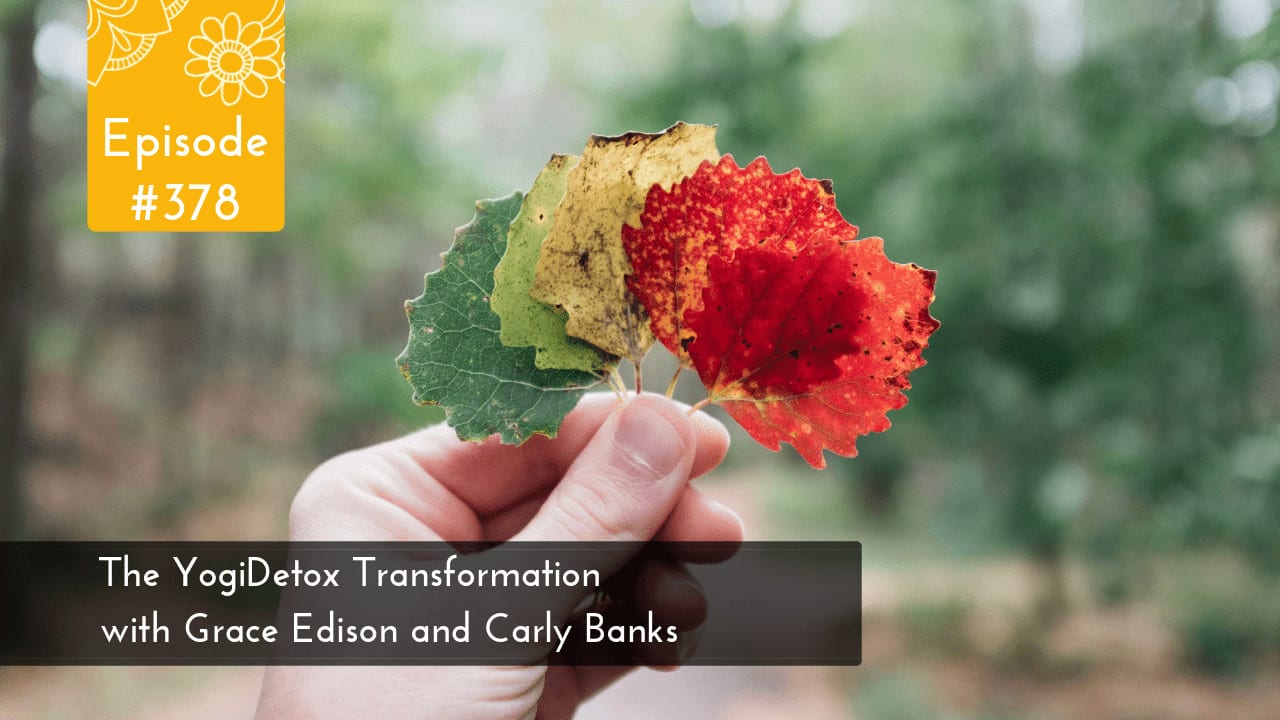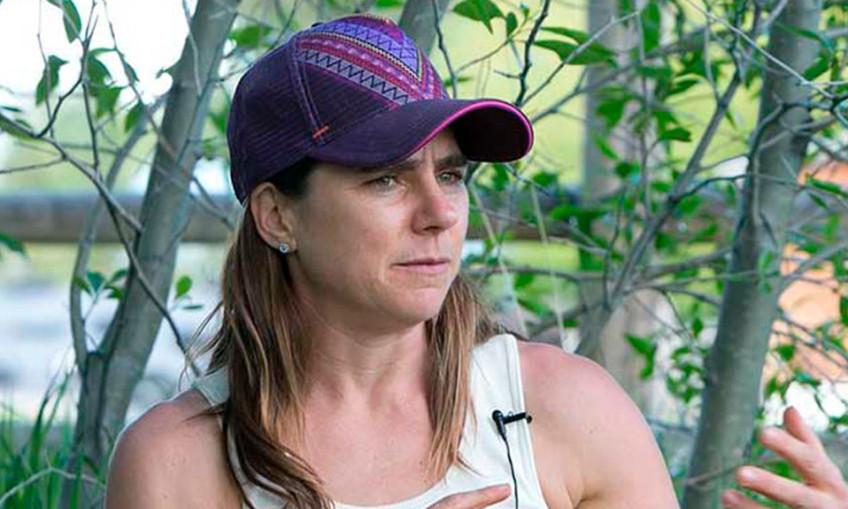
The Paleo Diet Meets Ayurveda with Dr. Akil Palanisamy
What does a plant-based, Ayurvedically-informed Paleo Diet look like? Find out on today’s show.
In this episode we go trendy with the hot and hip gastronomical words: microbiome, nutrient density, Paleo, micronutrients, phytochemical, gut bacteria, antioxidants, epigenetics, anti-inflammatories. That’s right. Dr. Akil gets down and dorky, good and geeky with the how Ayurveda interests with emerging gut science. You’ll also learn how your basic kitchen spices: cloves, ginger, cumin, fennel, red peppers, rosemary, garlic change how your genes express themselves.
You’ll love this episode if your curious about Paleo but don’t want to butcher animals over it.
Learn from Dr. Akil Palanisamy on The Paleovedic Diet
- Find out how Akil gets nutrient density
- The secrets of Red cabbage and other phytochemical plants – Spices + epigenetics: how do spices turn your genes on and off
Does the Paleovedic diet differ from the Ayurvedic diet?
- Biochemistry… micronutrients… phytochemical and Ayurveda
- Find out how Dr. Akil gets nutrient density in his diet
- The top plant compounds that protect us against disease
Bonus Content in this episode
-Question of the Week: -Do you have a delicious way of preparing amaranth? – Amaranth Polenta Recipe
Links from Today’s Show:
About Dr. Akil Palanisamy + The Paleovedic Diet
In The Paleovedic Diet, Dr. Akil Palanisamy, MD, offers a comprehensive roadmap to optimal health combining the most effective aspects of the Paleo diet with Ayurveda, the time-tested traditional medical system of India, and the latest scientific research. Making complex ideas understandable and accessible, Dr. Akil delivers a simple, customized diet and lifestyle program to fit your unique body type.
Drawing upon on his extensive training and clinical experience, Dr. Akil skillfully separates fact from fiction, providing clarity on issues such as gluten sensitivity, misconceptions about carbs, meat-eating versus vegetarianism, good and bad fats, unknown superfoods (you’ll be surprised to see what’s included), nutritional supplements, and the critically important gut bacteria comprising your microbiome.
The Paleovedic Diet provides definitive, practical guidance on what to eat, how to move, how to sleep, how to manage stress, and even how to breathe. Dr. Akil’s revolutionary three-week program (with meal plan and recipes) utilizes delicious nourishing foods, powerful healing spices, and intensive detoxification techniques to help you transform your body and mind.
Podcast Quiz Question:
Send an email to podcast@yogahealer.com with the answer to this week’s podcast quiz question. You could win a cool prize.
Red cabbage has 6x more phytochemicals that which common vegetable?
About Amaranth:
(With help from Whole Grains Coucil](http://wholegrainscouncil.org/whole-grains–101/amaranth-may-grain-of-the-month–0) I just got an ancient grains mix (org) at SAMs club of all places. Amaranth, quinoa and buckwheat. Cooks just like white rice ratios. I added butter, coconut oil, turmeric, salt and a veggie broth cube. Delish.
(http://wholegrainscouncil.org/whole-grains–101/amaranth-may-grain-of-the-month–0) The name for amaranth comes from the Greek amarantos, “one that does not wither,” or “the never-fading.” True to form, amaranth’s bushy flowers retain their vibrancy even after harvesting and drying, and some varieties of ornamental amaranth forego the production of fancy flowers in favor of flashy foliage, sprouting leaves that can range from deep blood-red to light green shot with purple veining. Although several species can be viewed as little more than annoying weeds, people around the world value amaranth as leaf vegetables, cereals, and ornamental plants
Amaranth grain has a long and colorful history in Mexico and is considered a native crop in Peru. It was a major food crop of the Aztecs, and some have estimated amaranth was domesticated between 6,000 and 8,000 years ago. Annual grain tributes of amaranth to the Aztec emperor were roughly equal to corn tributes. The Aztecs didn’t just grow and eat amaranth, they also used the grains as part of their religious practices. Many ceremonies would include the creation of a deity’s image that had been made from a combination of amaranth grains and honey. Once formed, the images were worshipped before being broken into pieces and distributed for people to eat. When Cortez and his Spaniards landed in the New World in the sixteenth century, they immediately began fervent and often forceful attempts to convert the Aztecs to Christianity. One of their first moves? Outlaw foods involved in “heathen” festivals and religious ceremonies, amaranth included. Although severe punishment was handed to anyone found growing or possessing amaranth, complete eradication of this culturally important, fast-growing, and very prevalent plant proved to be impossible.
Amaranth is a protein powerhouse. At about 13–14%, it easily trumps the protein content of most other grains. You may hear the protein in amaranth referred to as “complete” because it contains lysine, an amino acid missing or negligible in many grains.
Amaranth is good for your heart. Amaranth has shown potential as a cholesterol-lowing whole grain in several studies conducted over the past 14 years.
Amaranth is naturally gluten-free.
Cooking amaranth is very easy – measure grains and water, boil water, add grains at up to a 6 x1, water to grain ratio, gently boil with the occasional stir for 15–20 minutes, then drain, rinse, and enjoy!
Amaranth cooked with dried mushrooms develops a deep, earthy flavor. Serve puddles of this soft polenta with roasted fowl or braised game.
Recipe of the week:
Amaranth Polenta with Wild Mushrooms
Recipe courtesy of Lorna Sass, from Whole Grains Every Day, Every Way
1/2 ounce (1/2 cup loosely packed) dried porcini or other dried mushrooms 1 Tbsp unsalted butter or olive oil 1/4 cup finely chopped shallots 1 cup amaranth 1/4 tsp. salt Freshly ground pepper to taste 1 tsp. chopped fresh thyme, plus more for garnish
- Bring water to a boil in a kettle, and pour 1 3/4 cups boiling water into a large heatproof glass measuring cup. Stir in the dried mushrooms. Cover and set aside until the mushrooms are soft, about 10 minutes. Chop any large pieces. 2. Meanwhile, heat the butter in a heavy 2-quart saucepan. Add the shallots and cook for 1 minute. Stir in the amaranth. Add the soaked mushrooms and the soaking liquid, taking care to leave any grit on the bottom of the cup. Bring to a boil. Reduce the head, cover, and simmer for 15 minutes. Stir in the salt, pepper, and thyme. 3. Continue simmering, covered, until the mixture is porridgy and the amaranth is tender, 10 to 15 minutes more. (Tender amaranth should still be crunchy, but shouldn’t taste hard or gritty.) Stir in a bit more boiling water if the mixture becomes too thick before the amaranth is done. 4. Serve in small bowls with a sprinkle of thyme on top.















